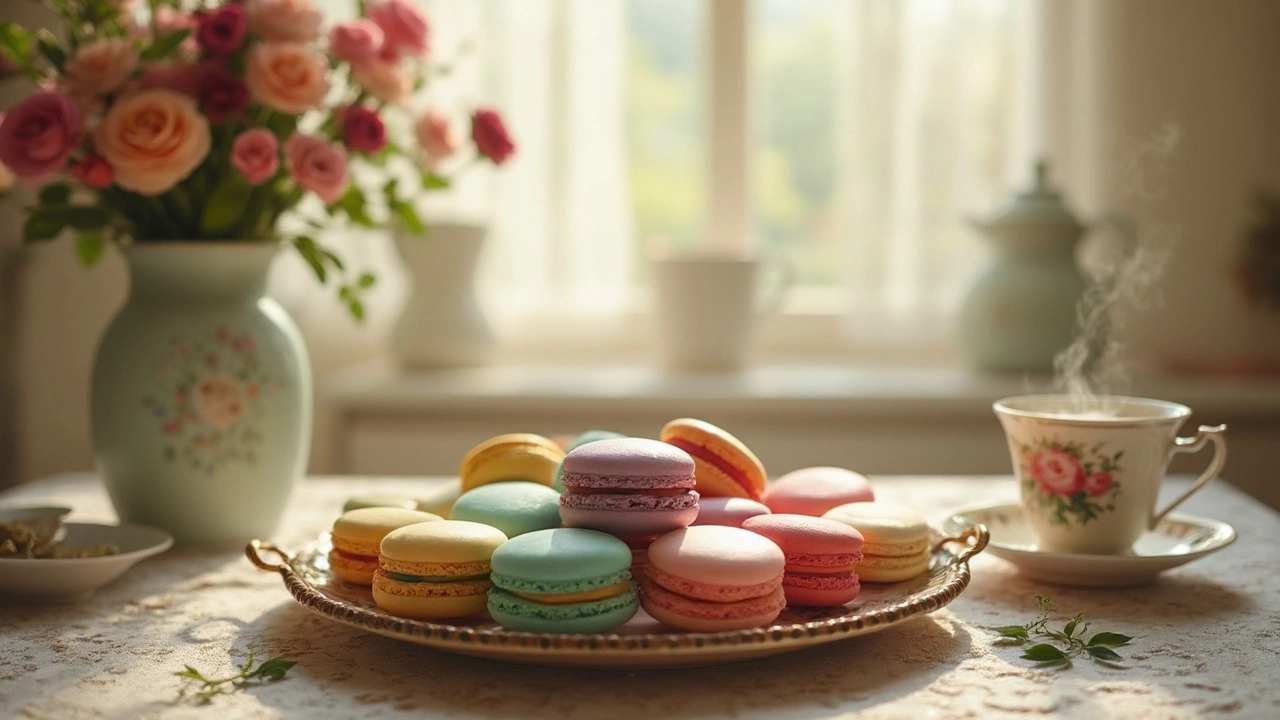
Ever tried tasting a cloud? That’s the closest analogy to biting into a perfectly made macaron. But what makes these tiny, colorful confections taste so heavenly? It’s all about the balance between the delicate shell and the flavorful filling. While those airy little cookies are mostly made of almond flour, confectioners find a canvas for expressing a wide range of flavors.
Now, the filling is where the magic truly happens. Traditional French macarons often boast classic flavors like vanilla and chocolate, but the possibilities are endless. Think pistachio, rose, or maybe even salted caramel. If you venture into Parisian pâtisseries, you’ll find they love to experiment with flavors—and it’s not all sweet! Savory macarons with ingredients like bacon or cheese can pop up and surprise your taste buds.
- The Basic Flavor Profile
- Filling Matters
- Classic vs. Exotic Flavors
- DIY Tips for Flavorful Macarons
- Troubleshooting Common Issues
The Basic Flavor Profile
At first glance, macarons might just seem like sweet confections meant to tantalize our sweet tooth. But there's more beneath those colorful shells. The basic flavor profile of a macaron starts with the almond base. Almond flour gives macarons their signature nutty undertone, which is subtle yet significant in setting the groundwork for any other flavors you decide to explore.
Now, when we talk about the flavor of macarons, most of it actually comes from the filling sandwiched between those two delicate shells. Typical fillings are flavored with anything from vanilla to fruits and spices. What's essential to remember is the balance between the sweet shell and the filling; they should complement each other. For a start, you might want to experiment with universally loved flavors like chocolate or raspberry since these blend effortlessly with the almond note.
Most macarons rely on a basic meringue shell made from egg whites, sugar, and almond flour. This creates a subtly sweet and slightly chewy texture that can adapt well to multiple flavors. A lightly flavored shell might be achieved by adjusting the type of filling or even infusing the meringue with gentle flavor extracts during the whipping process.
Some places even add a touch of color that cues into the flavor; think green for pistachio or pale pink for rose. But remember, artificial coloring doesn't mean artificial tasting; a good macaron packs a burst of flavor despite its soft pastel beatitude.
Here's a quick peek into how popular flavors might align:
| Flavor | Shell | Filling |
|---|---|---|
| Vanilla | Plain almond | Vanilla bean cream |
| Raspberry | Lightly tinted pink | Raspberry jam filling |
| Chocolate | Light cocoa powder in shell | Ganache |
Understanding how these elements come together is key. Whether you're just tasting macarons or starting to make them at home, knowing the basic flavor profile helps you appreciate the art behind these delightful treats.
Filling Matters
Here's a big secret: it's not just the shell that makes a macaron legendary, it's the filling. The filling is where the flavor shines and melds with the texture of the cookie to create something special. Imagine biting into a macaron that perfectly balances sweetness with a hint of tanginess or a surprise element like lavender or hibiscus.
The most popular fillings include buttercream, ganache, and jam. Each one offers a different texture and intensity. A ganache made from high-quality chocolate can provide a rich, smooth complement to the lighter shell, while a fruit-based jam brings freshness and a pop of color.
"For me, the filling must not just fill the macaron, it must tell a story," says Claire, a renowned pastry chef from Paris.
But how do bakers perfect their fillings? It starts with high-quality ingredients. Using real fruit puree instead of artificial flavorings for a fruit filling can elevate the taste to another level. Also, patience is key. Allowing the macarons to mature for a day or two in the fridge helps the flavors in the filling blend into the shell, making each bite uniformly delightful.
Wanna try a crazy combo at home? Mix cream cheese with cherry jam for an unusual yet delicious filling! With filling, the sky’s the limit, and experimenting with different combinations can lead to some tasty discoveries.
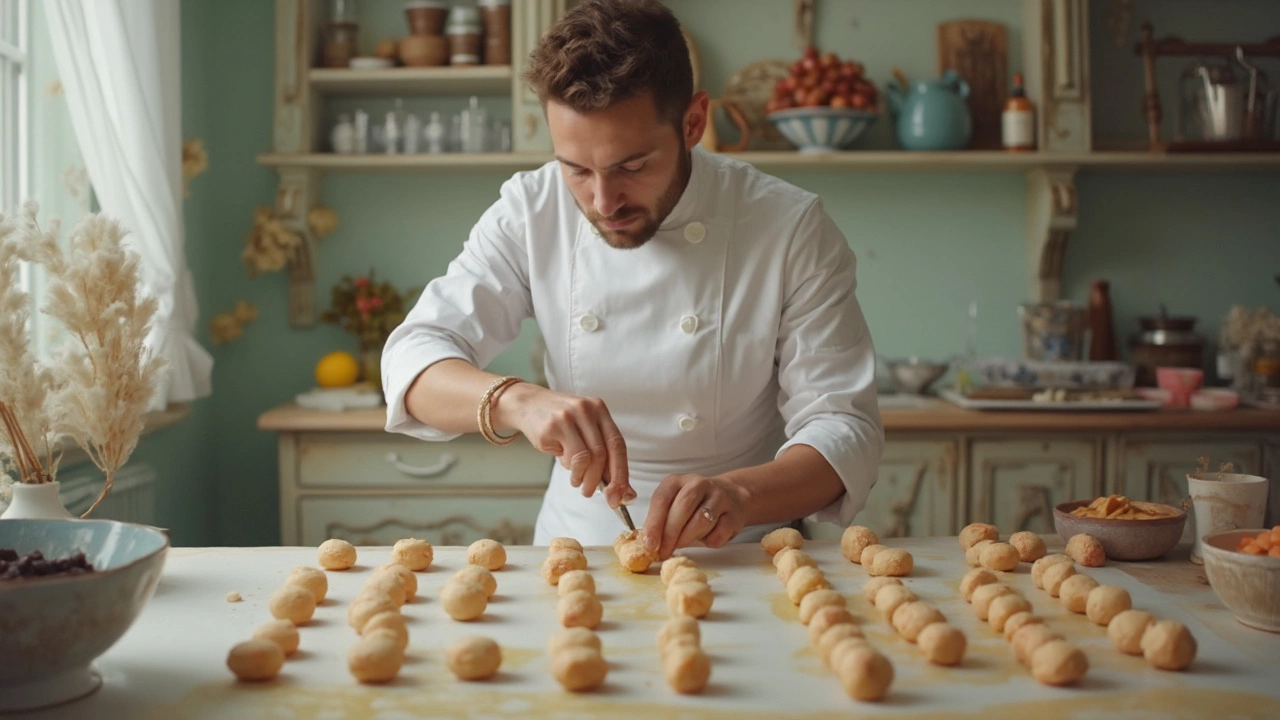
Classic vs. Exotic Flavors
When it comes to macarons, a big part of the fun is the flavor adventure. Classics like vanilla, chocolate, and raspberry provide that timeless taste of what a French patisserie is all about. But don't be fooled—these aren't simple flavors. A perfect vanilla macaron isn't just about throwing in some vanilla beans; it's about crafting a balanced experience where the almond shell and creamy filling enhance each other.
But why stop at classic? In the macaron world, exotic flavors push boundaries and excite our taste buds in unexpected ways. Ever tried a lychee or matcha macaron? These unlikely flavors bring an innovative twist to the table. The famous pastry chef Pierre Hermé, often considered the Picasso of flavors, once said,
"In the world of sweets, it's my ambition to create emotions."And he sure does! His exotic creations like passion fruit or infused jasmine teas transcend typical taste limits.
Differences between classic and exotic can also reflect cultural tastes. While Paris might introduce rose or lavender, Asian influences bring in flavors like black sesame or yuzu. Here’s a quick overview of some popular macaron flavors you might encounter:
- Classic Flavors: Vanilla, Chocolate, Raspberry, Pistachio
- Exotic Flavors: Matcha, Lychee, Black Sesame, Yuzu
For those at home keen to dance on the culinary wild side, why not try making your own exotic macaron flavors? Add that touch of creativity by experimenting with fruit zest or aromatic spices in the filling. The key is balance—they should be bold but not overpowering. If you're up for the challenge, embracing both classic and exotic flavors in your macaron repertoire can seriously level up your baking game.
DIY Tips for Flavorful Macarons
If you’re thinking about making your own macarons, get ready for both an adventure and a lesson in patience. But hey, that’s part of the fun! First things first, pay attention to the ingredients. Freshness is your best friend, especially when it comes to almond flour and eggs. A great macaron starts with quality here.
Now, let’s talk about whipping those egg whites. You’ll want stiff peaks—that’s key for good structure. And don’t rush things, let the egg whites reach room temperature before you start whisking. Trust me, it makes a difference.
Timing your oven bake is crucial, too. Every oven has its quirks, but generally, 300°F (about 150°C) for 12-14 minutes works like a charm for most home ovens. Rotate your tray halfway for even baking.
Alright, enough of the technical bakers' jargon! Onto the sweet stuff: flavors. Here’s where your personality can shine through your macaron flavors. Consider mixing fruit purées with a bit of chocolate ganache for that gooey, luscious center. Or go for unsweetened cocoa powder in your shell for a decadent twist.
- Add citrus zest directly into your meringue for a fresh, zesty kick.
- Try a tea-infused cream filling for a sophisticated taste.
- Why not a touch of spice, like cinnamon or cardamom, mixed with buttercream? Delicious!
Here’s a tiny secret - always let your macarons ‘age’ in the fridge for 24 hours before serving. This sounds weird, but it lets the flavors meld together and the texture improves big time.
To wrap it up, remember that practice makes perfect. Your first batch may look more like cookie blobs than picture-perfect treats, but each attempt gets you closer to macaron mastery. Hang in there, keep experimenting, and before you know it, you’ll be the macaron maestro of your kitchen!
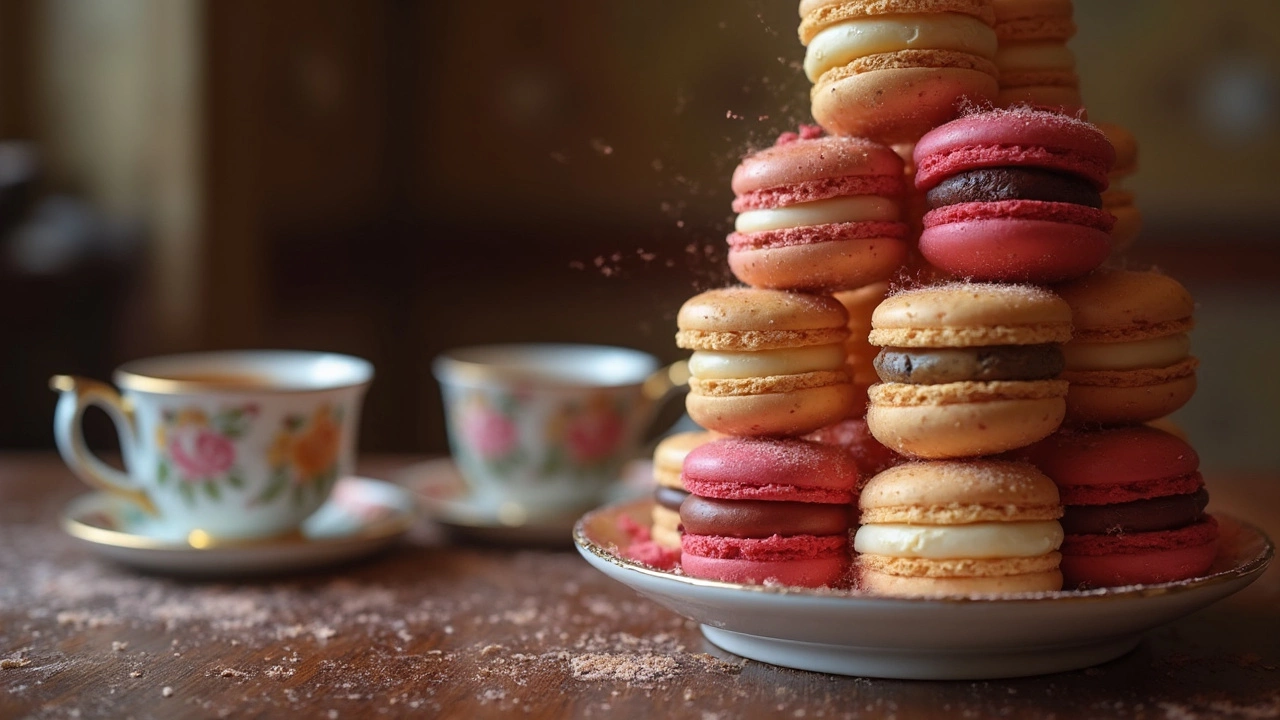
Troubleshooting Common Issues
So you've tried making macarons at home, and things didn't go as planned? Don't worry, you're not alone. Many bakers have faced similar kitchen dilemmas. Let's tackle some common macaron mishaps and see how we can fix them.
Problem 1: Hollow Shells
Getting those beautiful-looking macarons only to find the inside hollow? It could be due to not mixing the batter enough. Ensure that you fold your batter until it flows like lava. But don't overdo it! The key is knowing when to stop. Give it a try, and you might find the sweet spot.
Problem 2: Cracked Tops
Cracked tops are a real pain. Often, they're caused by air bubbles in the batter or baking them too soon. To avoid this, try tapping your baking sheet on the counter a few times before baking. It helps release the air trapped inside and settles the batter evenly. Also, letting them sit out to dry before putting them in the oven is crucial.
Problem 3: Uneven Shapes
If your macarons look like they don't belong to the same family, it's probably due to inconsistency in piping. Practice piping with the right technique: hold your piping bag straight, apply even pressure, and count to three before pulling away. Consistency is key here!
Problem 4: Sticking to the Baking Sheet
Nobody likes scraping their macarons off the sheet. If they stick, it might be due to not letting them cool properly or underbaking. Use good quality parchment paper or a silicone mat. And once baked, allow them to cool completely to make them release easily.
- Tip: Try checking your oven temperature with a reliable oven thermometer.
- Alternative: Let the macarons sit in the oven for a few minutes with the door slightly open after baking.
Remember, baking tips and practice make perfect. Each attempt teaches you something new. Keep experimenting with flavors and techniques, and you'll soon master the delicious art of macaron making!


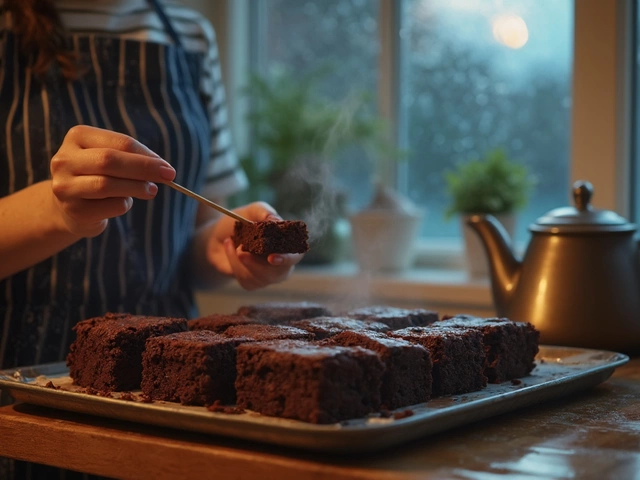
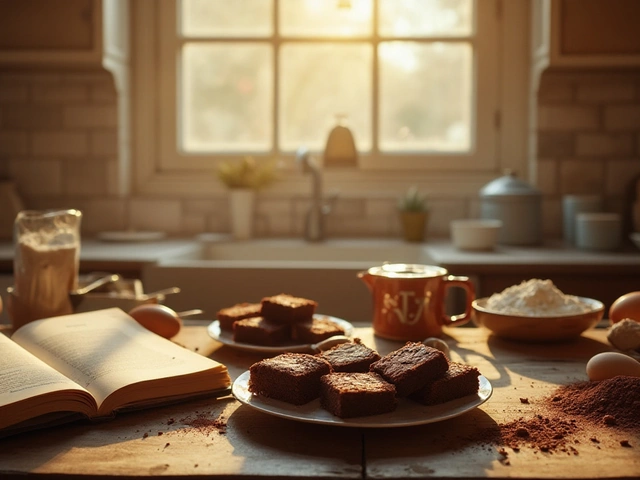
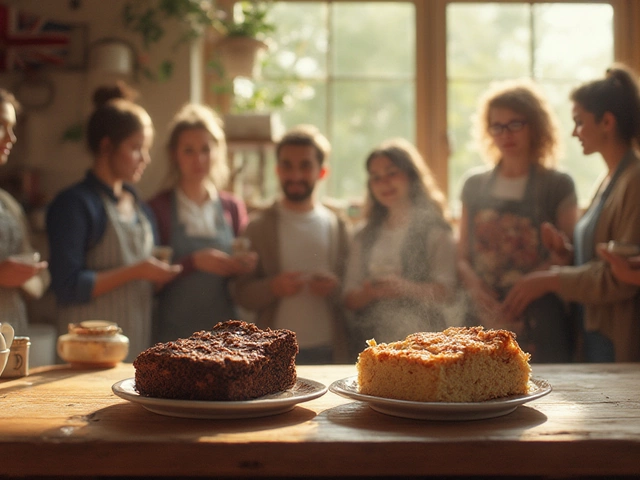
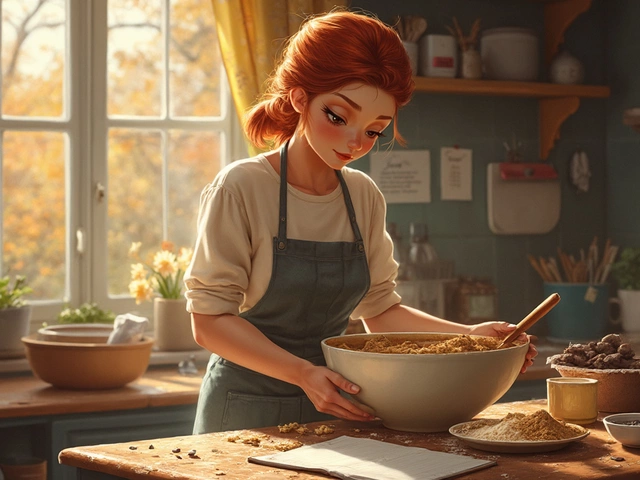
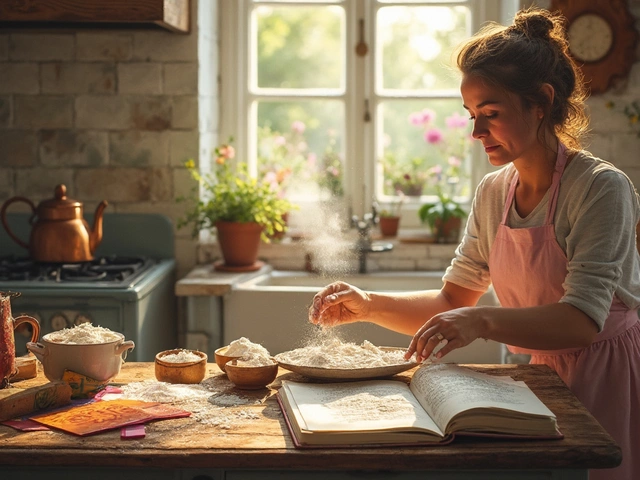
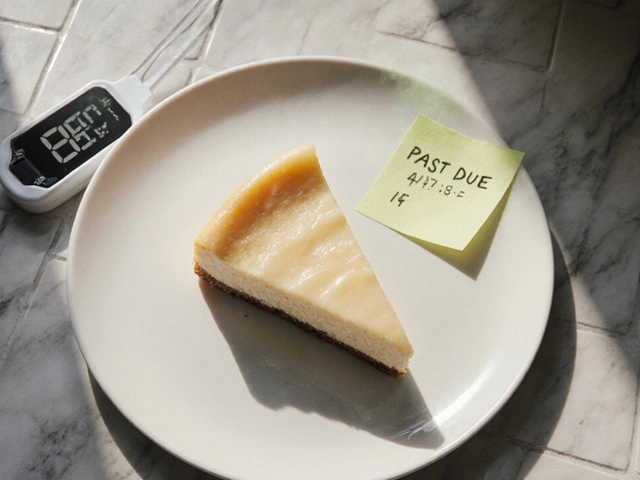
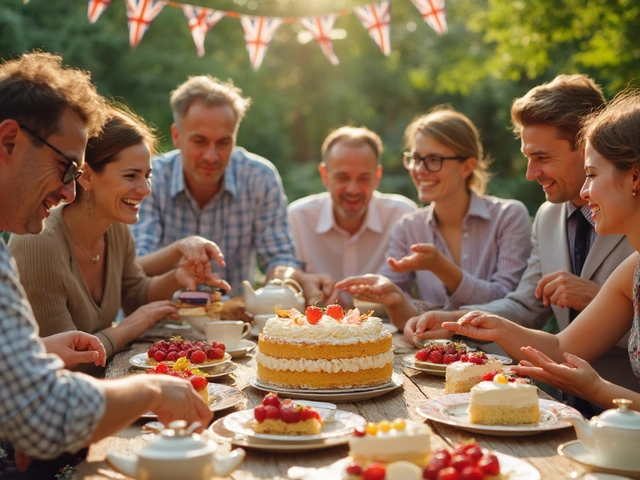
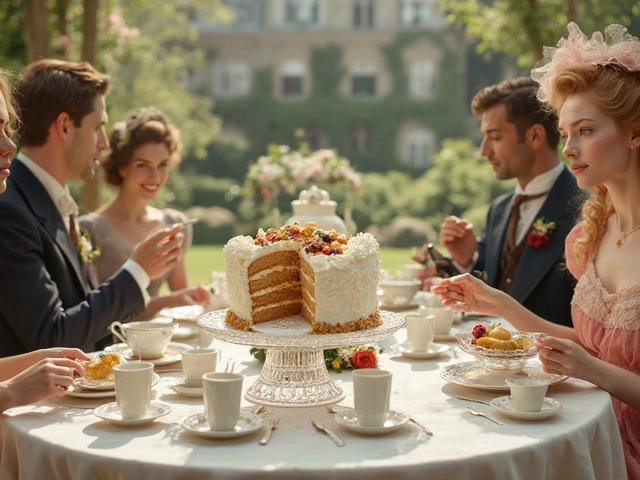
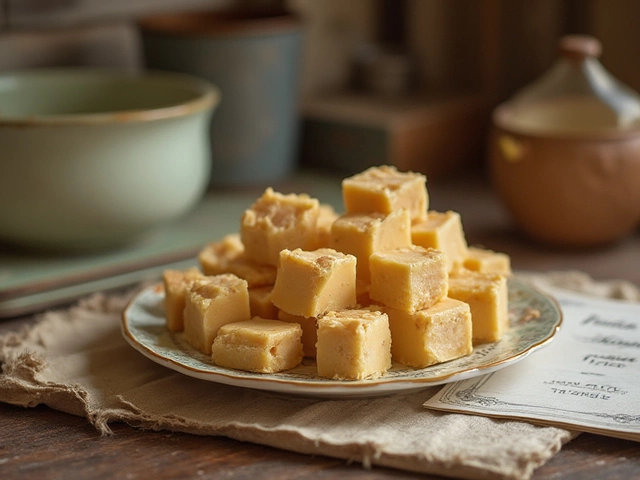
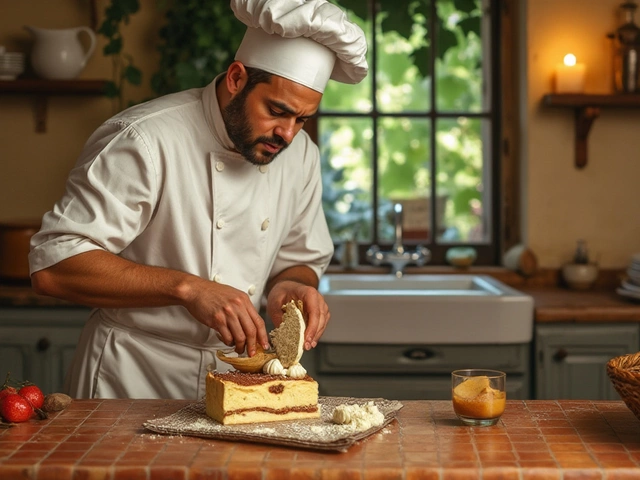
Write a comment